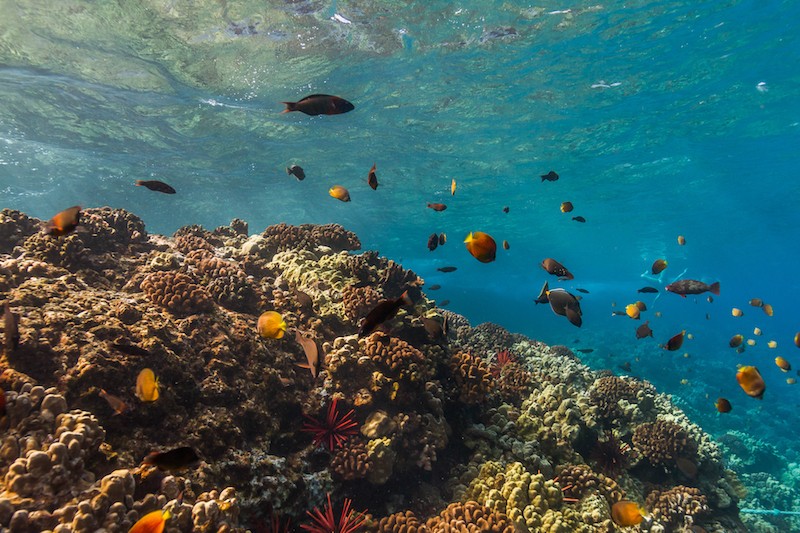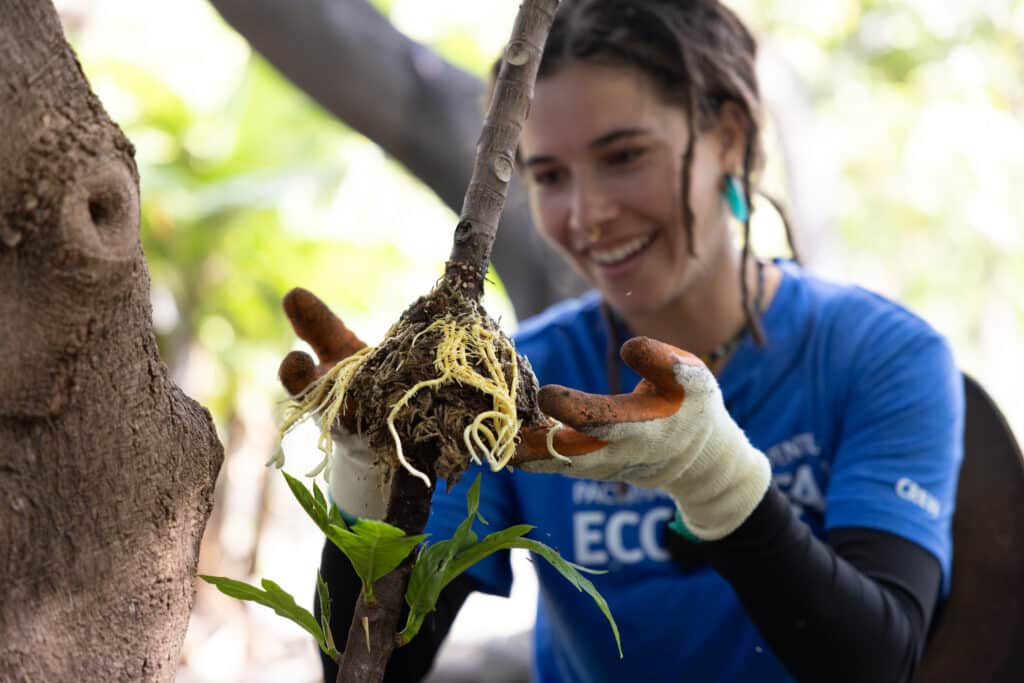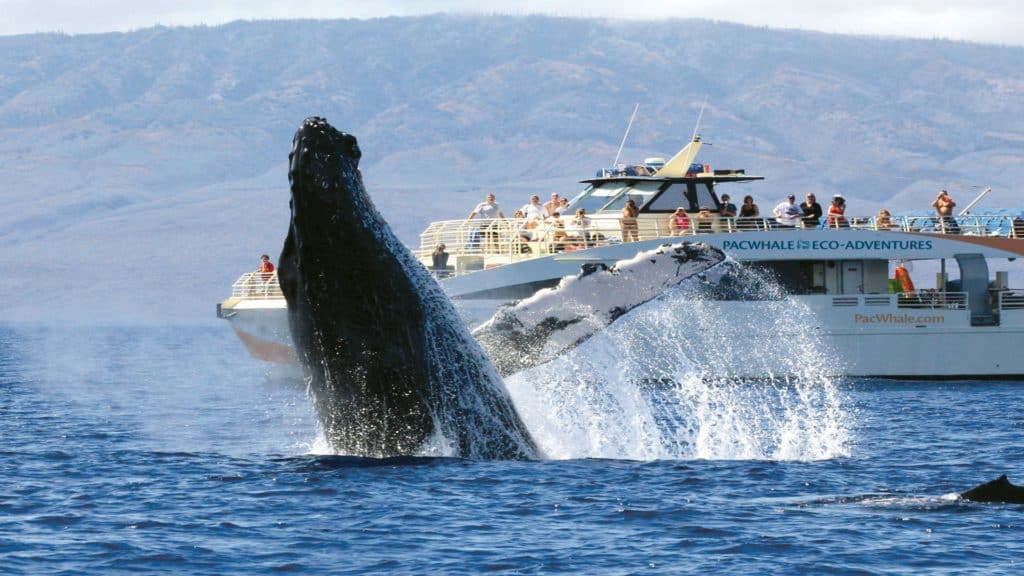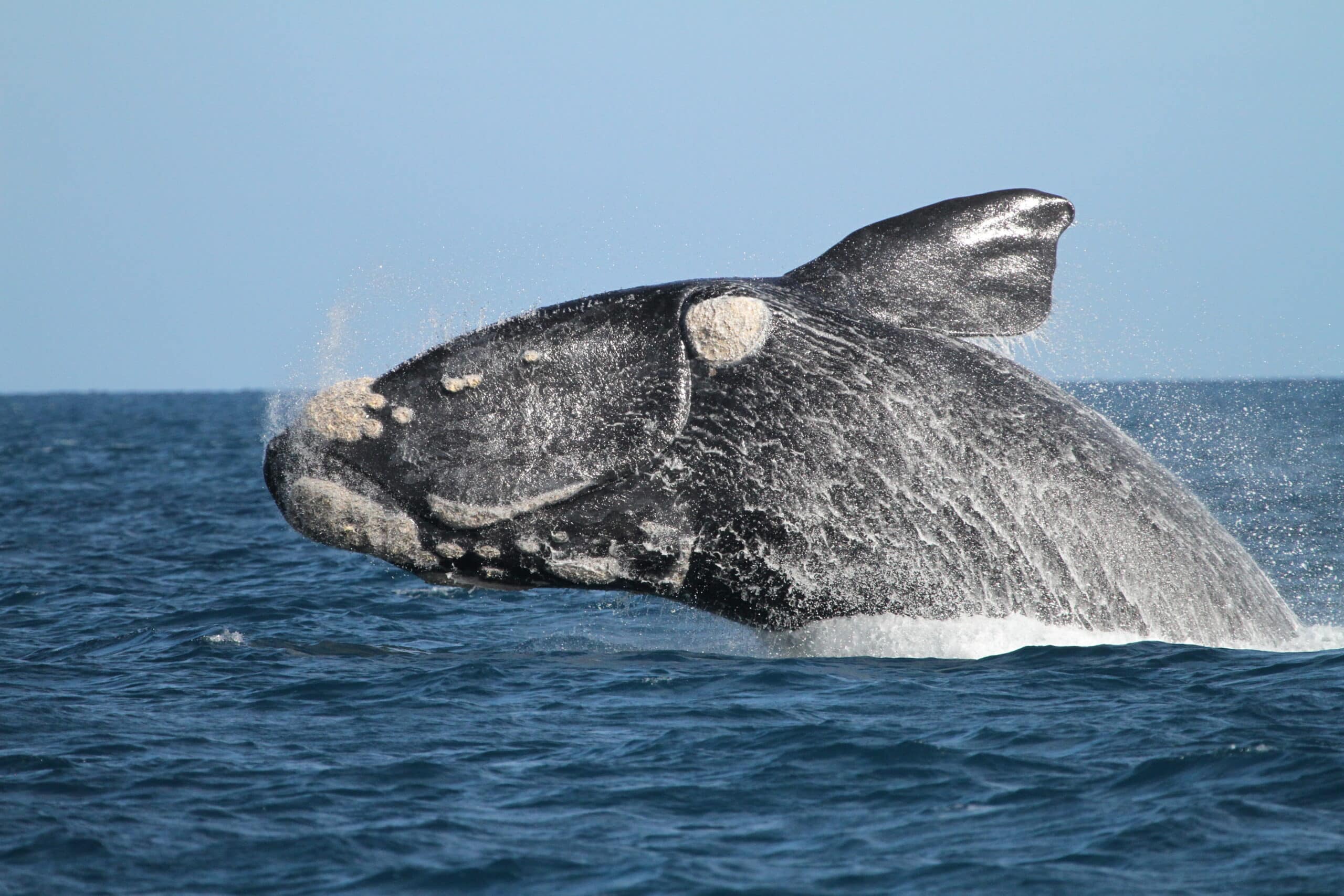Written by Communications Coordinator Alicia Wood
Molokini is a partially submerged volcanic crater that is protected as both a Marine Life Conservation District and a Hawaiʻi State Seabird Sanctuary with a limited number of vessels allowed to moor inside. It is home to about 250 species of fish, many endemic, and 38 hard coral species. Molokini has become a world-famous snorkeling spot due to the incredible visibility, as deep as 150 feet, and it’s crescent shape that protects snorkelers from waves. Thousands of people visit this beautiful underwater locale each year, but how many can say they’ve experienced both sides of the crater? Our Molokini Wild Side Snorkel tour offers just that opportunity and more! I recently set sail on the wild side to experience everything it has to offer.
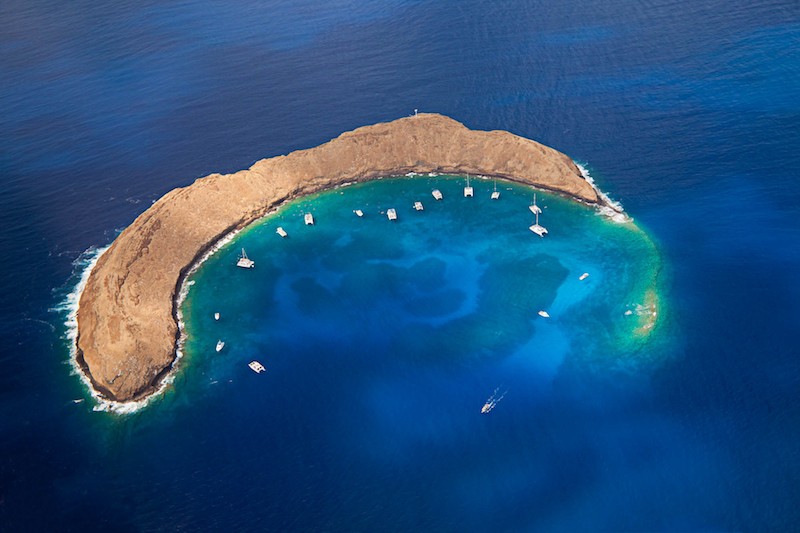
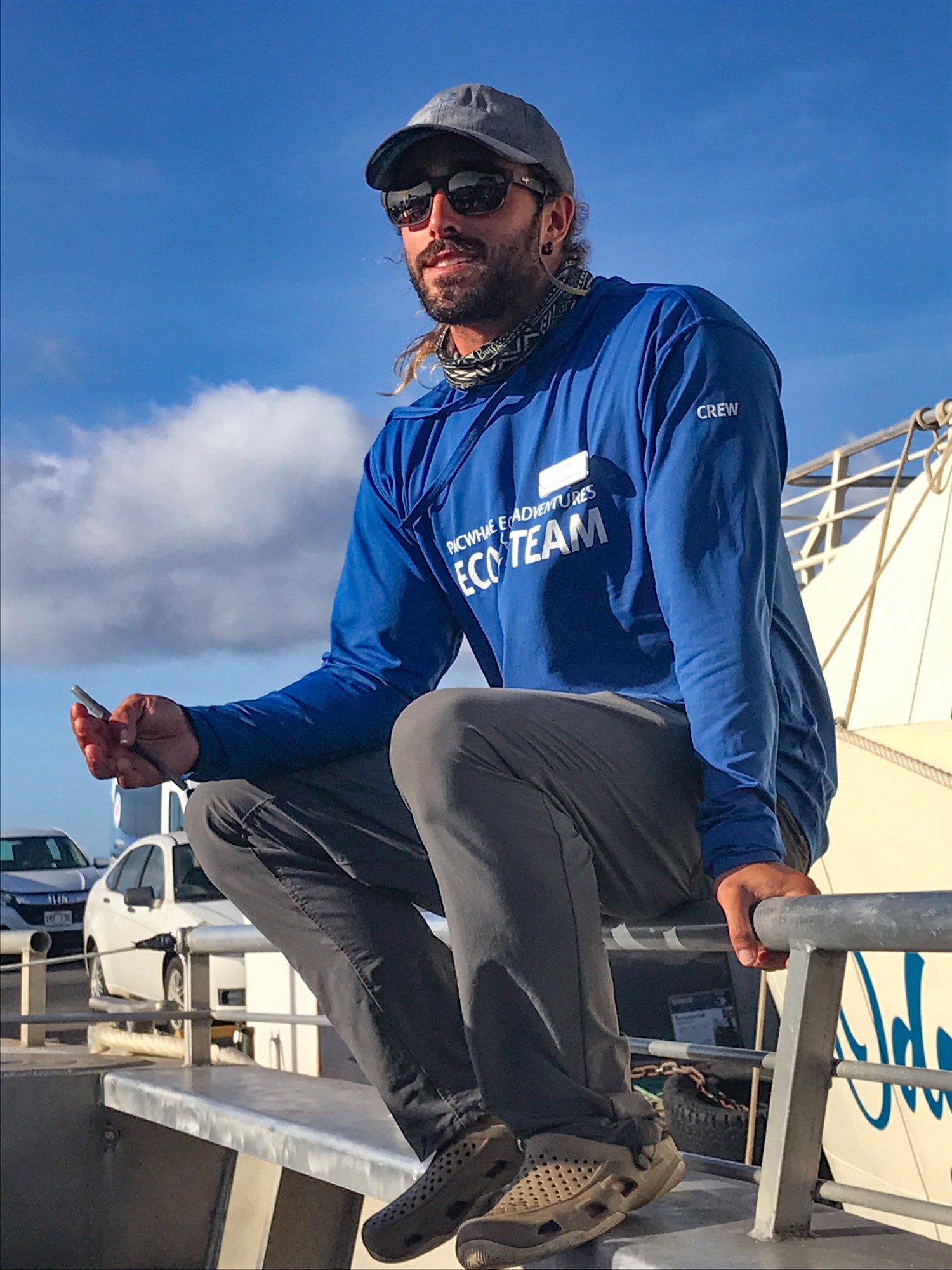
While everyone is getting checked in, we enjoy a lovely breakfast of frittatas, danish, and fruit and coffee of course. Once all are aboard Ocean Explorer, Captain Dan, who started with Pacific Whale Foundation as a naturalist, regales us with a refreshingly entertaining talk on safety, boat operations, and reef-safe sunscreen. His passion for ocean conservation was clear as he asked everyone to check their sunscreen and if it is anything other than zinc-based, to please not use, as it causes harm to coral.
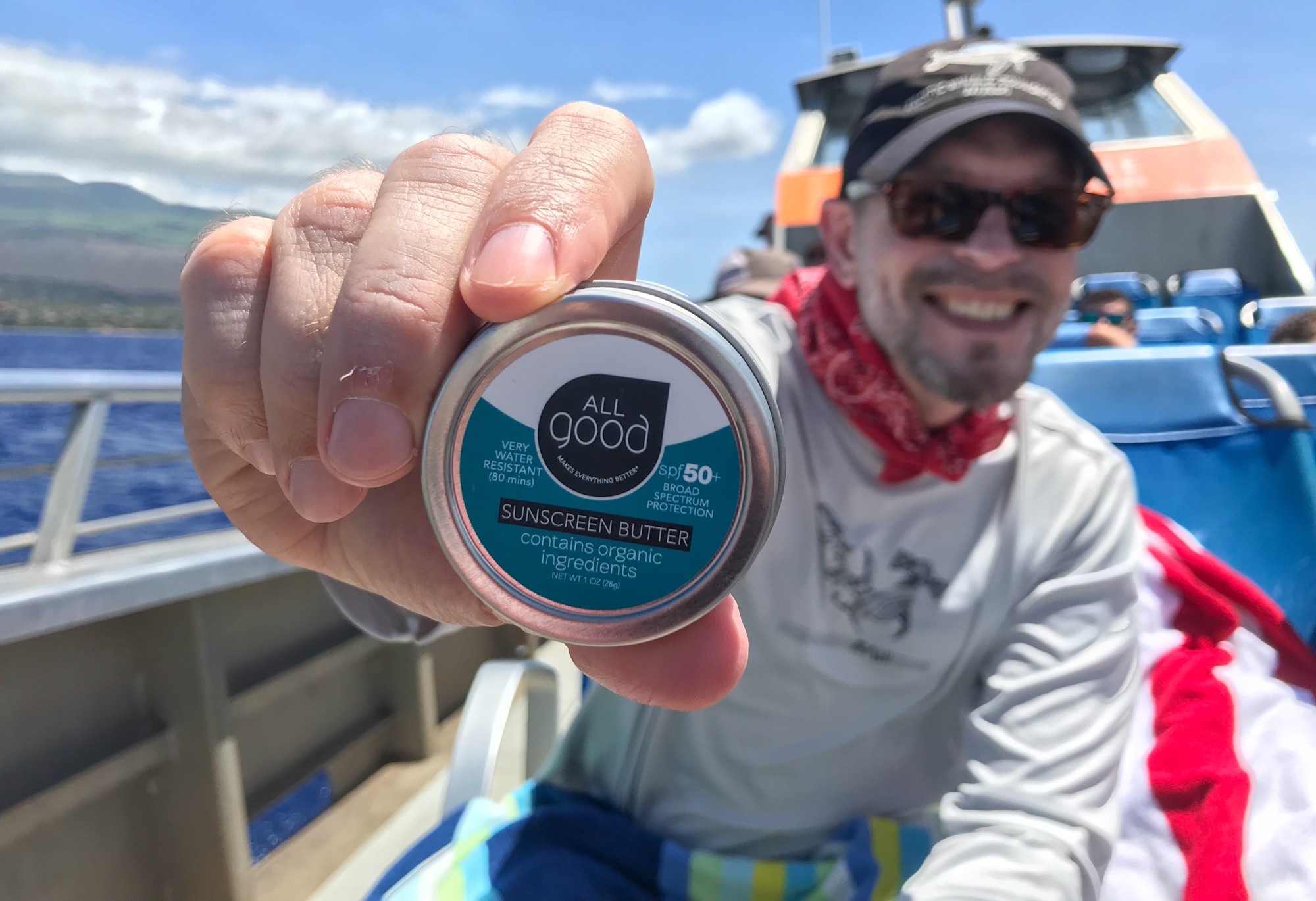
As we cruised to our first snorkel spot naturalists Charlotte and Lizzy share information about the marine ecosystems we are about to visit and ensure everyone is hydrated and ready for adventure.
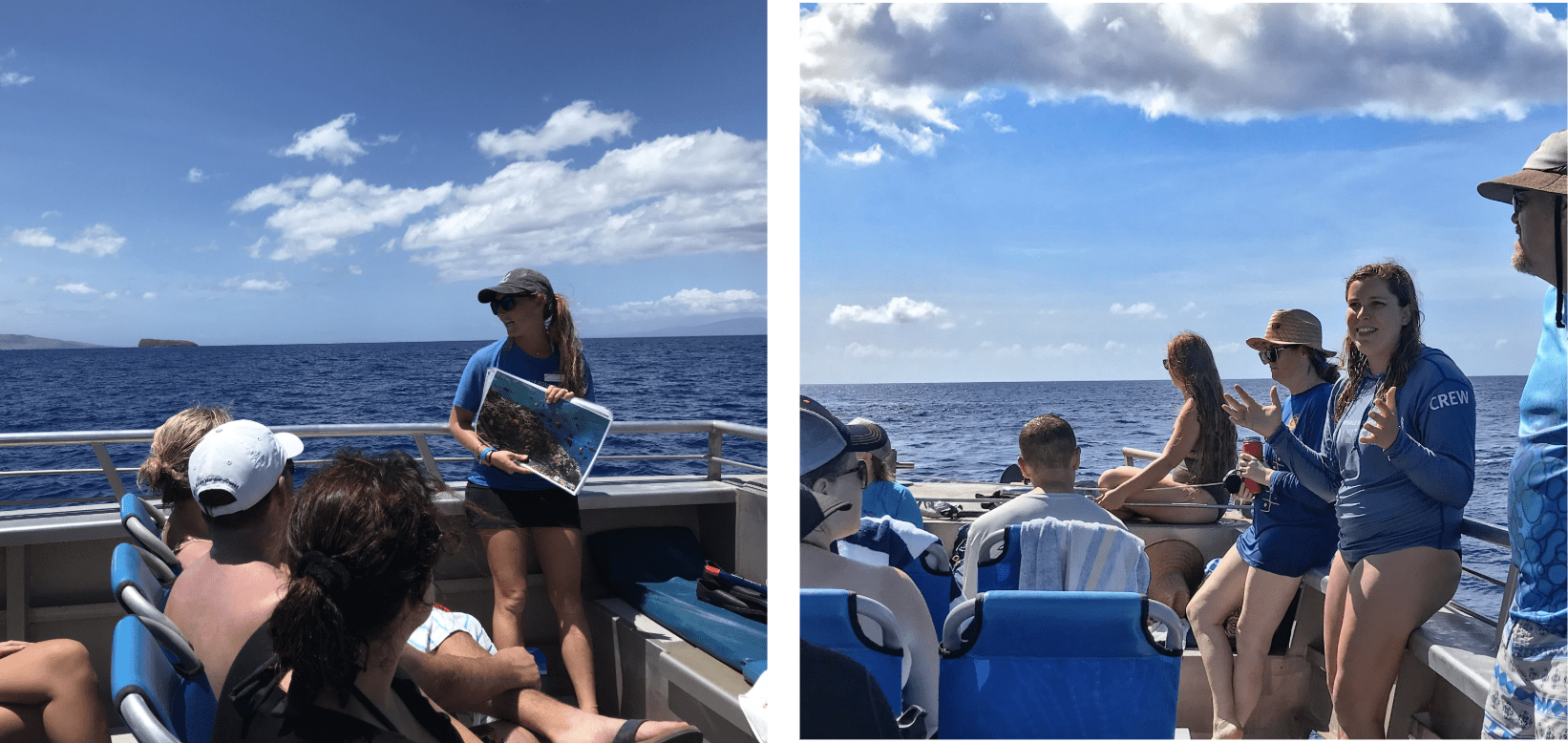
Our first stop is inside Molokini crater, within view of the Kealaikahiki Channel, translated as ‘pathway to Tahiti’ for its strong currents that travel all the way to, you guessed it, Tahiti! Since there are much better ways to get to Tahiti though, we stayed well away ;). It was obvious before we even entered the water that the claims of ‘best visibility on Maui’ are not exaggerated, as we could clearly see the individual grains of sand resting on the bottom of the ocean from the boat. There are several marine species that call Molokini home, including Hawaiian monk seals, octopus, and even the occasional whale shark and manta ray, but the most common ones you will see are yellow tang, black triggerfish, parrotfish, butterflyfish, and the state fish with the most fun name ever – the Humuhumunukunukuapua’a (pronounced humu-humu-nuku-nuku-ah-pu-ah-ah easy!)
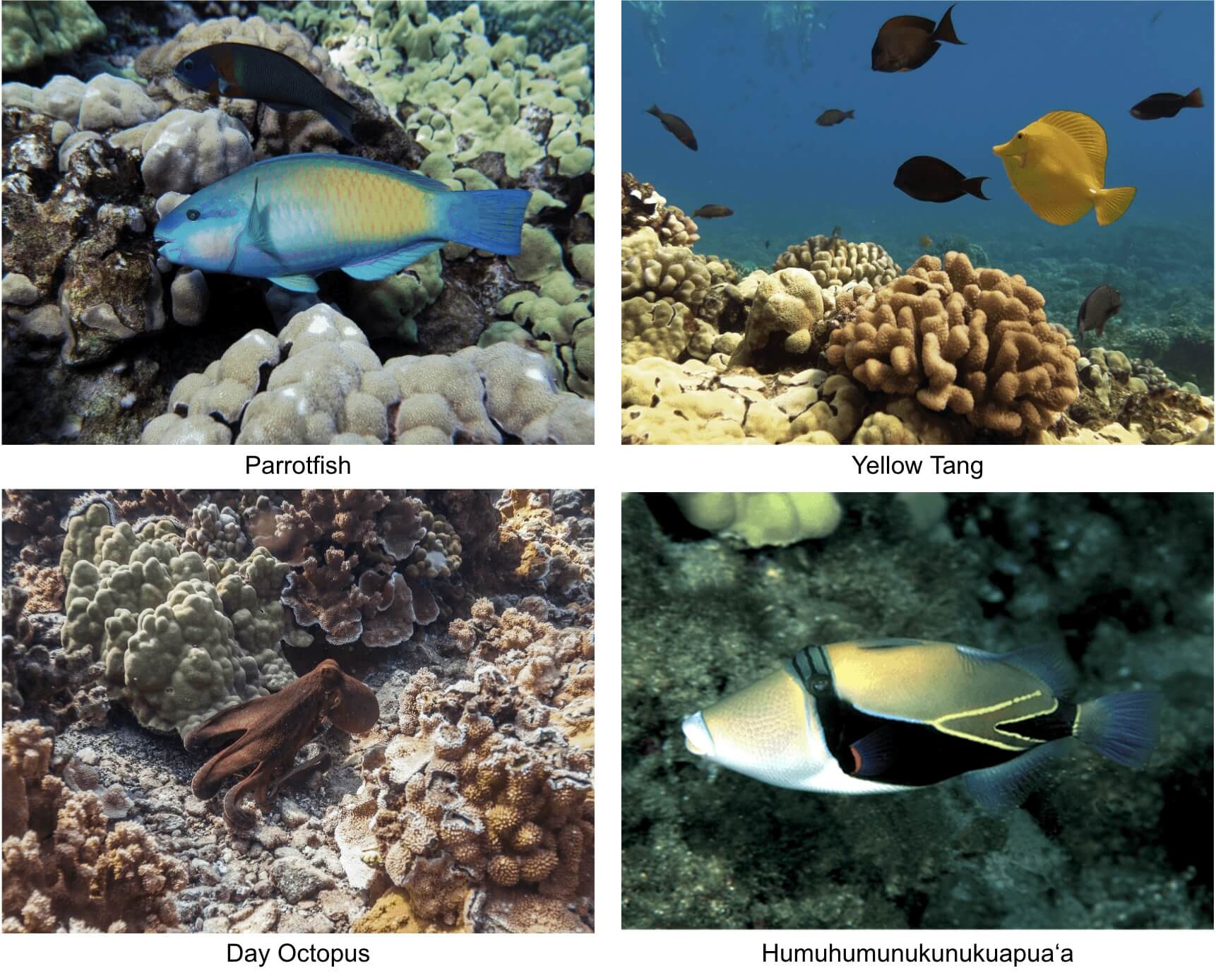
Next, we venture to the much less visited backside of Molokini! From this angle, the crater appears to grow in height and the ancient rock striations are visible.

Immediately, I was taken aback by the striking underwater landscape; the intense, deep blue of the water with the sun’s rays shining through it seems to go on endlessly and instead of the typical horizontal bed of coral to swim above, we swim next to a vertical wall filled with beautiful coral varieties! We are treated to the sight of different fish species that aren’t common inside the crater, like the bluefin trevally, crocodile needlefish, and aptly named pyramid butterflyfish, which is easy to identify from the white pyramid found on its side.
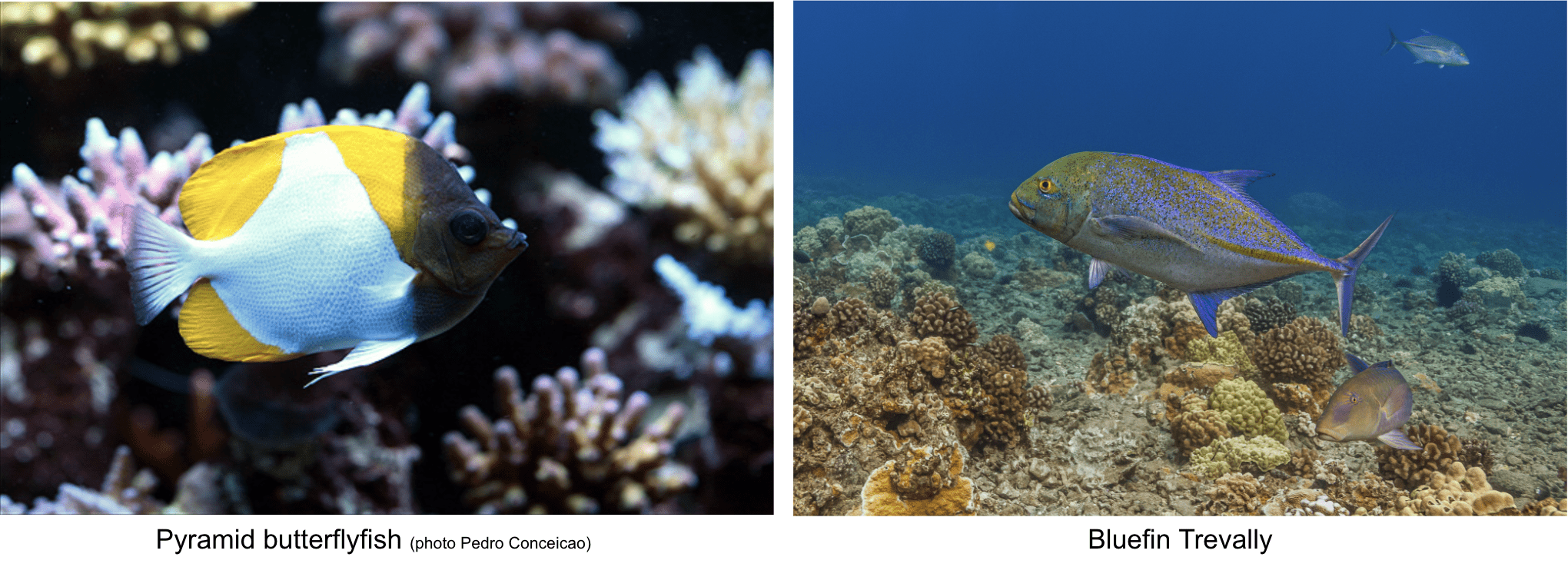
In Hawaiian legend, a young lizard (mo‘o) goddess named Pu‘u o inaina and the goddess Pele were in love with the same man. (Sidenote: Pu‘u o inaina means hill of wrath, as demigod lizards are shapeshifters who can also take the form of land features). Pu‘u-o-inaina fled from the fiery goddess, hiding by stretching from the shore of Maui out into the watery depths. Pele found her though and, in her wrath, cut her rival in two and transformed her into stone, creating Molokini from her head and Puʻu Olai, the cinder cone by Makena Beach, from her body. So it makes sense that Puʻu Olai be our next snorkel location!
The waters surrounding Puʻu Olai are quite calm, even though the wind was picking up around other parts of the island. It is here that we get to see the famous Hawaiian green sea turtles (honu) found in abundance throughout the waters of Maui. As they serenely glide through the water, they seem to leave all those watching them and sharing the same waters with a sense of joy and peace. It is important to enjoy them from a distance of at least 10 feet as to not block their path as they surface to breathe and it is illegal to touch them, which can stress the animal and spread disease.
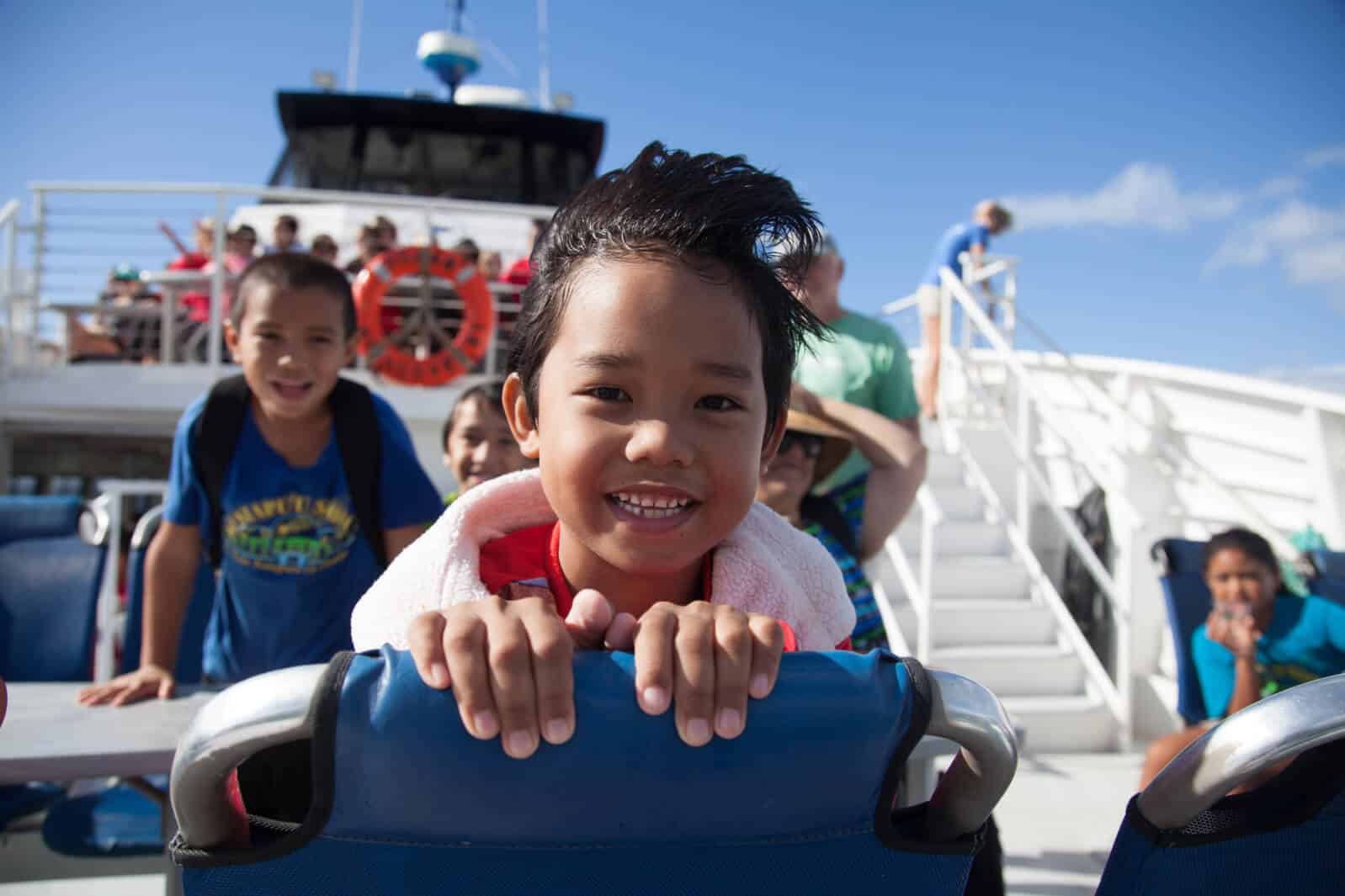
The waters surrounding Puʻu Olai are quite calm, even though the wind was picking up around other parts of the island. It is here that we get to see the famous Hawaiian green sea turtles (honu) found in abundance throughout the waters of Maui. As they serenely glide through the water, they seem to leave all those watching them and sharing the same waters with a sense of joy and peace. It is important to enjoy them from a distance of at least 10 feet as to not block their path as they surface to breathe and it is illegal to touch them, which can stress the animal and spread disease.
After all that snorkeling, it was time to eat! We finally crack open some refreshing Maui Brewing Co. beers and savor some freshly grilled chicken and kalua pulled pork sandwiches with sides.
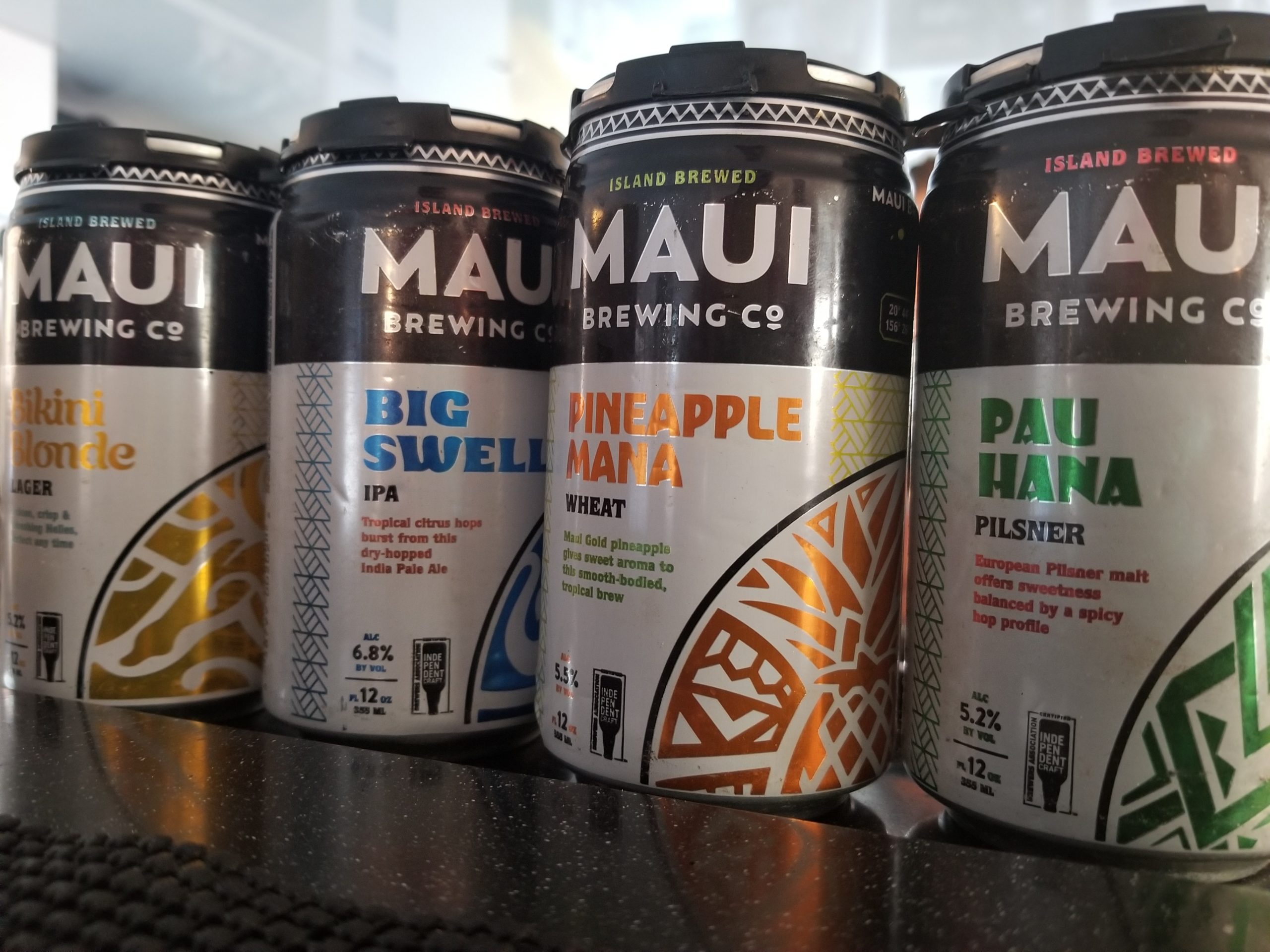
All in all my day full of snorkeling on the wild side was so worth the early morning wake-up and a wonderful way to experience some different snorkeling locales around Maui. Remember it is ‘wild’ though, so locations can vary based on the conditions of the day with our experienced captains always seeking the most ideal locales. The Molokini Wild Side Snorkel departs every day except Wednesday and Thursday, so book your walk on the wild side today and experience this unique adventure for yourself!
